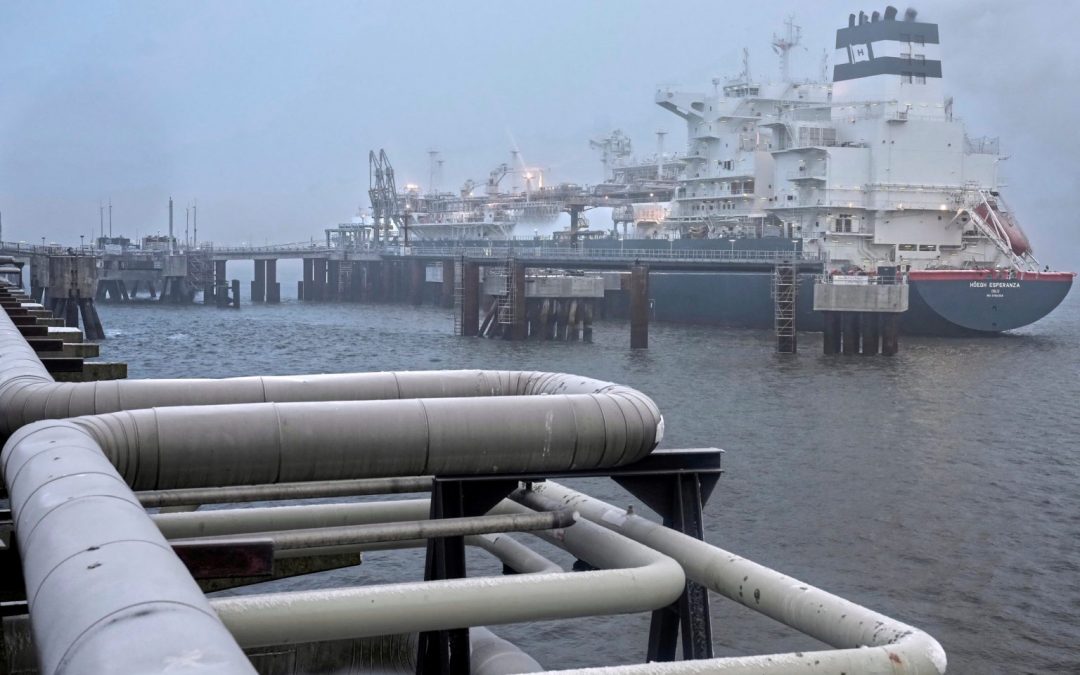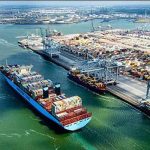US LPG exports via the Panama Canal rose slightly in January, according to the US Energy Information Administration, but there is little wiggle room for an increase in flows of LNG through the canal, according to traders and data from S&P Global Commodity Insights.
US LPG and ethane exports through the Panama Canal rose in January as vessel traffic through the shipping channel returned after drought conditions eased, the EIA said in a report Feb. 21.
The report said that in 2023, water levels at Gatun Lake, which supplies the water used to operate the canal’s locks, were the lowest since at least 1965, when recordkeeping began. Water conservation efforts led to reduced traffic and longer delays at the Panama Canal, causing vessels to avoid it and take longer, more costly routes, in turn elevating freight rates.
LPG and ethane together account for 63% of the US petroleum product exports that cross the Panama Canal. Transit slots that opened in January allowed for more voyages by Very Large Gas Carriers through the Panama Canal, increasing January LPG transit volumes by 12% and ethane transit volumes by 67% compared with December, EIA data showed.
LPG volumes through the Suez Canal in January dropped by 84% and around the Cape of Good Hope by 44% compared with December. The EIA said that shipments through the Suez Canal decreased more than shipments around the more risk-averse Cape of Good Hope. In contrast, LPG volumes increased in the Panama Canal in January. But in the Suez Canal, January US ethane export volumes stopped because all shipments that regularly transited through the Suez Canal from the US to India opted for the longer Cape of Good Hope route.
Strong demand for US LPG, especially propane, has increased volumes crossing the Panama Canal towards Asia. With record demand, January volumes transiting the Panama Canal for both LPG and ethane have increased, and VLGC rates are the lowest since 2022.
“A question arises. Will the LPG carrier transit count continue to increase in the rest of February and beyond?” analysts at S&P Global. “On a percentage basis, so far this month, the container ship segment took 64% of the total transit count via the Neopanamax locks, while the LPG carrier segment indicated 29%.
“The combination of the two reached 93%, the highest since at least January 2022,” they said. “The container ship segment has continued to increase its share. From 54% in October last year to 58% in November, to 61% in December and 63% in January.”
Platts, part of S&P Global, assessed FOB US Gulf Coast propane cargoes at $469.89/mt Feb. 21, down $7.55/mt on the day, and CIF NWE large propane cargoes at $532/mt, down $5/mt.
LNG export constraints
Previously, S&P Global analysts had noted that no LNG ship transits via the Panama Canal had been observed as of mid-January, while the ship segment’s daily transit record stood at 0.6 in November and December.
In January, US LNG exports stood at 8.39 million mt, from 8.78 million mt in December, data from S&P Global showed.
Of the January total, 4% transited through the Panama Canal, down from around 7% in December.
So far in February, no LNG volumes have been delivered through the Panama Canal, with sources predicting the trend to persist for the remainder of the month. February volumes out of the US stood at 5.64 million mt, with the largest chunk of 2.4 million mt delivered to Europe. Given the current constraints at the Panama Canal, most of the additional LNG volumes have made their way to Europe over Asia.
Platts assessed the FOB Gulf Coast Marker at $6.12/MMBtu Feb. 21, up 6 cents on the day, and the DES Northwest Europe Marker for April at $7.077/MMBtu Feb. 21, down 3.8 cents/MMBtu on the day. The most economic freight cost for the US Gulf Coast to Norwest Europe was last assessed at $1.51/MMBtu.
“Canal constraints remain a risk in the market. Due to a drought situation impacting the Panama Canal, slots have been restricted to just 15 laden cargoes per month,” Ayush Agarwal, LNG analyst at S&P Global said in a trade in 2024 and beyond report. “While this does not pose a major risk in the next three years due to ample new tonnage, concerns may arise in the event of weaker growth in new tonnage after 2026 and a persistent Panama Canal constraint.”
While US LNG exports remain healthy, there could be long-term effects due to the limited capacity at the Panama Canal. The ongoing debate around issuing non-FTA LNG export authorizations in the US is also adding pressure to the future of the export market.
Agarwal added that US exports are forecast to rise 84% from 2023 levels by 2028 as the next wave of projects on the US Gulf Coast begins operation. However, the recent pause on issuing non-FTA LNG export authorizations by the Department of Energy puts expected US final investment decisions at risk and might lead to delays in the construction of LNG plants that are currently in S&P Global’s forecast.
Source: Hellenic Shipping News





